Switched-on Bach
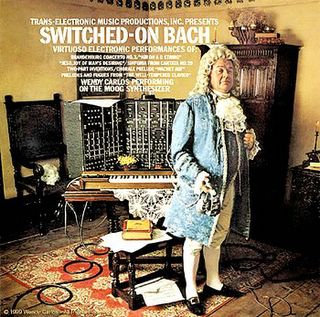 Hearing of the death of Robert Moog, inventor of the synthesizer, reminded me of how addicted I was to the first synthesizer album, "Switched-on Bach." I'm not sure the synthesizer ever sounded that good again.
Hearing of the death of Robert Moog, inventor of the synthesizer, reminded me of how addicted I was to the first synthesizer album, "Switched-on Bach." I'm not sure the synthesizer ever sounded that good again.| From Frank Houston's Salon article of April 2000: In the 1920s a Russian inventor named Leon Theremin unveiled the first purely electronic instrument. You played the theremin by waving your hands in the vicinity of two metal rods, controlling pitch and volume, that were attached to a nondescript wooden cabinet. Between the strange arm motions and the instrument's invisible machinations, the theremin's overall effect in performance was theatrical and mysterious. But like the 200-ton telharmonium, the world's first mechanical music synthesizer ... the theremin was difficult to play. It soon disappeared behind the curtain, relegated to cheap performances in B-grade alien-invasion movies. A few years later Robert Moog, a graduate student in physics at Cornell University, published a magazine article explaining how to build a theremin, offering do-it-yourself kits for $49.95. Orders poured in, and Moog sold 1,000 that year. ... 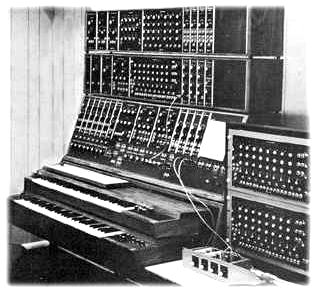 [A decade after the first RCA room-sized prototypes] Moog introduced the first widely adopted electronic instrument -- the synthesizer that bears his name. [A decade after the first RCA room-sized prototypes] Moog introduced the first widely adopted electronic instrument -- the synthesizer that bears his name.Growing up in the '40s in Flushing, Queens, Moog suffered the usual cruelties boys inflict on the smarter, more introverted members of their tribe ... He spent a lot of time with his father, who liked to dabble in electronics, and started his own electronics projects. He built his first theremin with the help of a hobby-magazine article at age 14. Moog's mother, meanwhile, gave him piano lessons and made him practice hours every day in the hope that he'd become a concert pianist, "klopping" him if he "didn't practice right." Moog built his synthesizer in 1964 after a composer told him about the need for user-friendly electronic instruments utilizing new solid-state technology. The Moog was modular: You used patch cords to select your waveform (the sound's timbre) and frequency (pitch), and plugged in the interface -- a keyboard, instead of the binary code on paper ... RCA synthesizers, intended for an elite market of labs financed by universities and record companies, had cost $100,000 and up. In 1967 the new Moog sold for $11,000.  The Moog's biggest break came in 1969, when musician Walter (now Wendy) Carlos had a huge, Grammy-winning hit with "Switched-on Bach," popularizing electronic music with Moog-made renditions of Johann Sebastian Bach. Canadian pianist and Bach interpreter Glenn Gould said that Carlos' Fourth Brandenburg Concerto was "the finest performance of any of the Brandenburgs -- live, canned or intuited -- that I've ever heard." The Moog's biggest break came in 1969, when musician Walter (now Wendy) Carlos had a huge, Grammy-winning hit with "Switched-on Bach," popularizing electronic music with Moog-made renditions of Johann Sebastian Bach. Canadian pianist and Bach interpreter Glenn Gould said that Carlos' Fourth Brandenburg Concerto was "the finest performance of any of the Brandenburgs -- live, canned or intuited -- that I've ever heard."Still, these were products of studio recording. It took musicians with a talent for excess -- such as keyboardist Keith Emerson -- to tote the enormous Moog setup, a towering box of electronics, onto the stage for live shows. Ever mindful of utility, Moog next introduced the portable, performance-minded Minimoog. "It was really the advent of the Minimoog that saw synthesizers take off ... the Minimoog showed that there was a significant market for portable, cheaper synthesizers." Or as Moog put it, in typically dry fashion, "By 1974 or so, having a Minimoog would make it a lot easier to get a job playing the local Ramada Inn." |
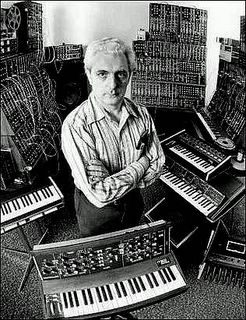 So many god-awful things have been done with synthesizers since Switched-On Bach. Decades of it.
So many god-awful things have been done with synthesizers since Switched-On Bach. Decades of it.It isn't all pop music - there's Chasidic club date music, for instance! A pianist told me once he was so in demand for playing crappy synthesizer gigs that he became known as a Kassio-shpiler!!!
Technorati Tags: Music, Moog, Synthesizer, History
Labels: music


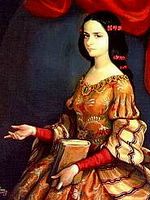
 A few of my daughter
Melina's great posts:
A few of my daughter
Melina's great posts:







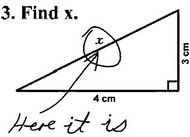
1 Comments:
It's such an education to visit here. I knew nothing of synthesizers. Thanks.
Post a Comment
<< Home